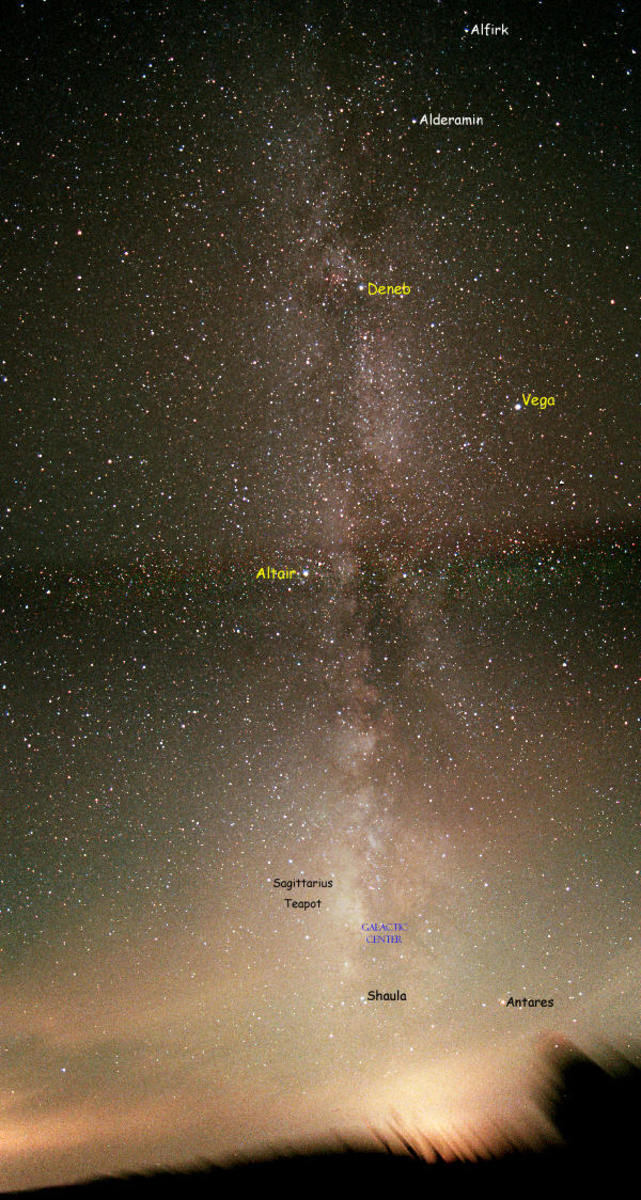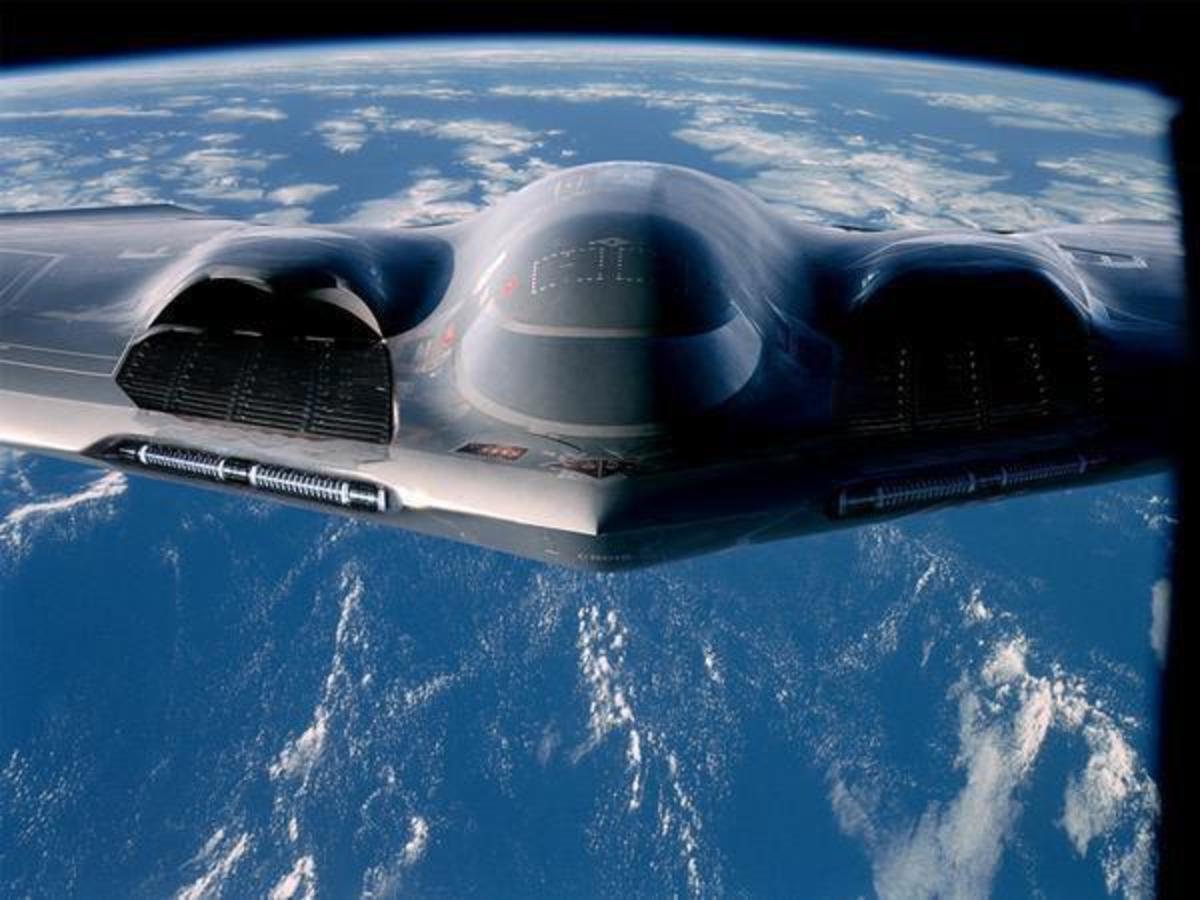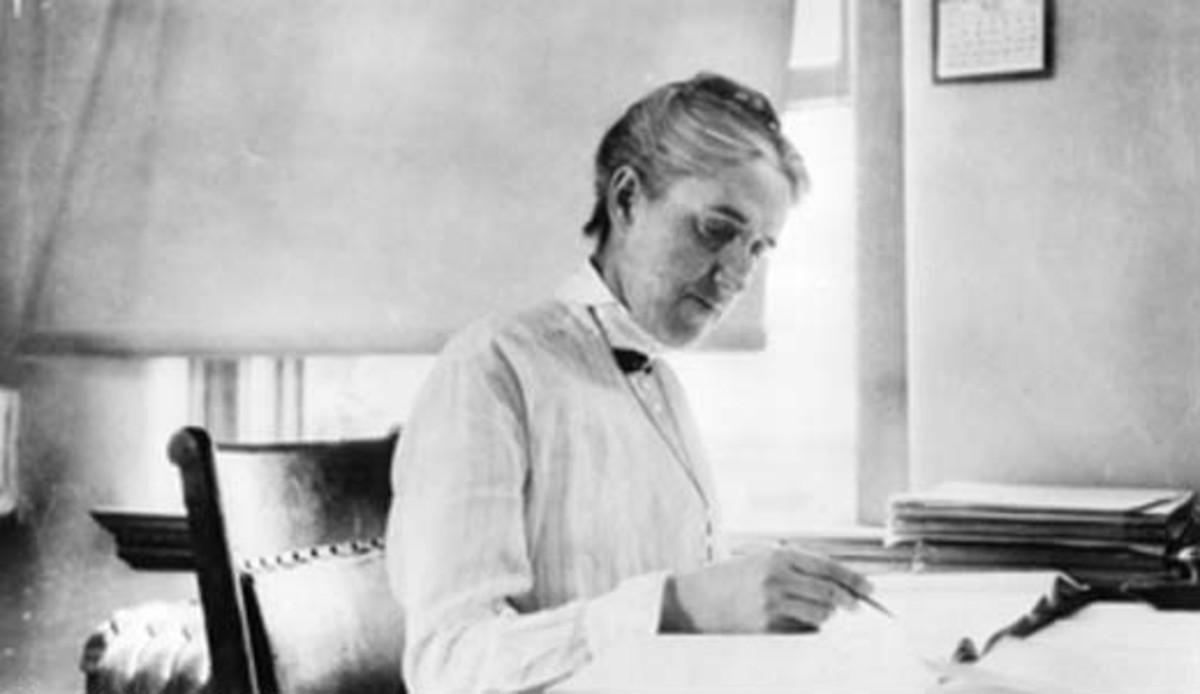Interesting Facts About The Brightest Supernova In Recorded History
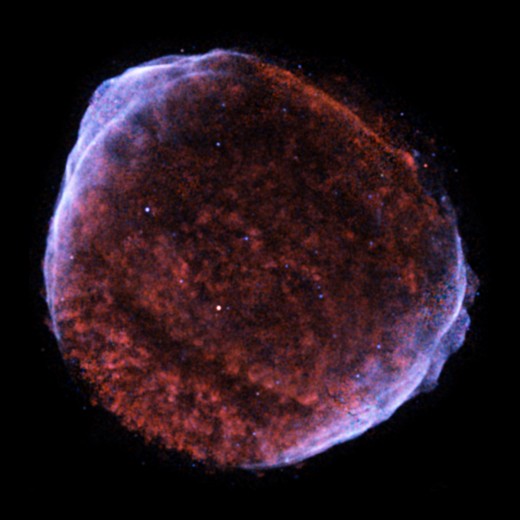
In late spring of the year 1006, observers across the world began reporting on a strange new star. The star was over ten times as bright as Venus. Some even said it was brighter than the moon at its quarter phase. Most were able to see the strange new “guest star” intermittently for a period of eighteen months, during which it was able to be seen at both day and night.
Today, we know the “star” was actually a supernova. Its remnant sits over 7 thousand light-years away from Earth. Of course, people living in 1006 had no idea what a supernova was, and the ways they came to terms with it were quite interesting.
Take A Tour of SN 1006
People Used The Event For Political Gain
Spin and propaganda are hardly advents of our modern political age. When it came to the appearance of an ominous new star, leaders were quick to have their trusted astronomers interpret what it signaled for the regime. This is most evident in Chinese writings from the period.
Emperor Zhenzong (Song Dynasty), long influenced by stellar mythology, had already been fighting invading forces for two years. When the new star appeared, the emperor feared it was an ill omen. Advisers tried to reassure Zhenzong everything would be fine. One particularly ambitious astrologer, Zhou Keming, may have purposefully altered his observations in order to give the star more positive attributes. The spin must have worked: Not only did Emperor Zhenzong rule for another 16 years, Zhou Keming got a sweet new promotion too.
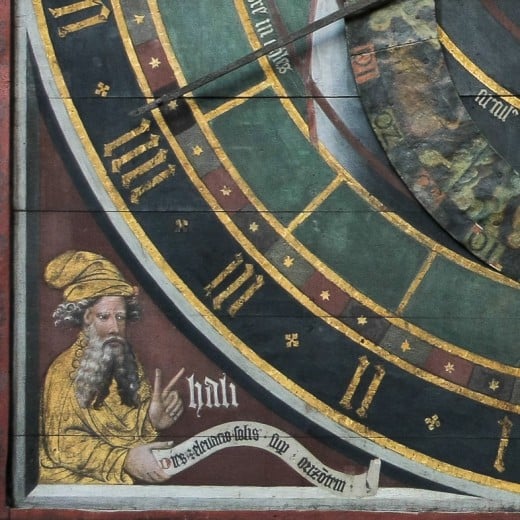
A Lot Of People Didn't Care
While there are some accounts of certain leaders blaming the guest star's appearance for wars and other misfortune, most historical accounts indicate people were more intrigued than scared. This comes as a surprise to some, as we're used to hearing about ancient peoples misinterpreting simple eclipses and solar storms as signs of Armageddon. In fact, the people of 1006 (which some historians consider the early middle ages) chose merely to observe, or even ignore, the sudden bright spot in the sky.
The reasons for this vary by culture, but two main factors link the world's overall acceptance of the star as a benign phenomenon: Contemporary science dictated it should be ignored, and some nations were just used to seeing guest stars at that time. Chinese astronomers seemed to be the most prolific observers, recording upwards of 7 guest stars since 185 CE. (Some did try to link these events with negative events, though that may have been for political reasons as seen above.)
As for ignoring an event that modern day scientists would be pining to see? We might have the Greeks to blame. Many astronomers of the age, including Arabs and Europeans, followed astronomical guidance by classical authors such as Aristotle. In his writings, Aristotle said the universe was immutable, that is it was absolute, and the only important celestial bodies were those considered “sub-lunar” (constellations and such).
Unfortunately, this lead many to ignore “new” presences as temporary atmospheric anomalies. The most detailed Arabic account we have for SN 1006 was written by Ali ibn Ridwan. In Europe there is even more scant recording, usually contained in monastic chronicles.
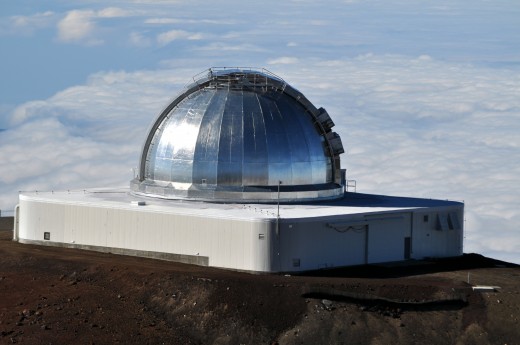
We Could Observe Another Supernova Like It (Soon)
The supernova of 1006 was in a long line of observable supernovae that occurred relatively every 50 years. That was, at least, until 400 years ago when things seemed to quiet down. We're now about 300 years overdue for another “naked-eye” supernova on the scale of those like Cassiopea A and Tycho's Supernova.
So, what is the likelihood we could plainly see a supernova in our skies once again? (For the record, scientists see new supernovae in other galaxies many times a year, but that requires a lot of fancy equipment most backyard astronomers don’t have.) Researchers at Ohio State place the odds around 20%. Not exactly something to bet on, but there is some good news! If you can somehow get yourself a giant infrared telescope those odds shoot up to a full 100%. (Invite this dear writer over if you do and your odds of getting a fresh batch of delicious brownies are also 100%.)

